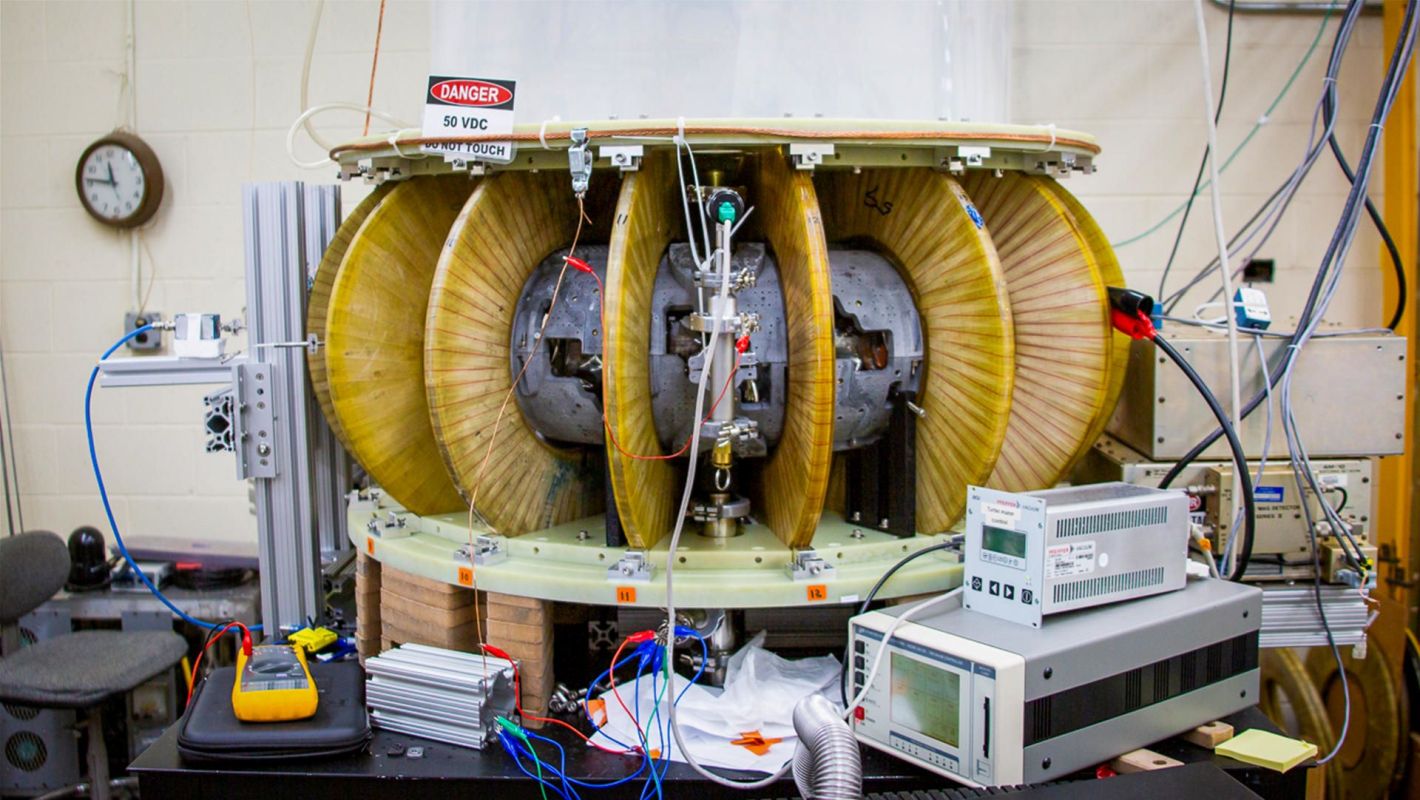A stellarator may sound like something cooked up in the laboratory of a supervillain, but a breakthrough with this device may help bring us clean fusion energy at an affordable price.
As detailed by Interesting Engineering, a team at the Princeton Plasma Physics Laboratory (PPPL) developed the first stellarator with permanent magnets rather than electromagnets.
In other words, scientists created a device that generates a fusion reaction — the process that powers the sun and other stars — with refrigerator magnets.
"Using permanent magnets is a completely new way to design stellarators," graduate student Tony Qian explained to the online platform. "This technique allows us to test new plasma confinement ideas quickly and build new devices easily."
Stellarators have existed for some time. American astrophysicist Lyman Spitzer created the concept at Princeton in the 1950s.
Like solar and wind power, fusion doesn't generate planet-warming pollution that has caused our planet to overheat, leading to an increase in extreme weather events, food shortages, and poor air quality. According to the U.S. Department of Energy, the stellarator may be key to providing "safe, clean, and renewable power" to the world.
To this point, as Interesting Engineering noted, stellarators have relied upon electromagnets, which are expensive and use electricity. Meanwhile, the tokamak, another promising machine, is less stable.
Scientists had reportedly been trying to crack the code for permanent-magnet stellarators for decades before PPPL senior research physicist Michael Zarnstorff did so in 2014.
"I realized … permanent magnets could generate and maintain the magnetic fields necessary to confine the plasma so fusion reactions can occur," he told the online platform, adding in a laboratory press release that the team made the MUSE stellarator primarily with commercially available parts.
The device is also the first of its kind to be designed with a type of "quasisymmetry" known as "quasiaxisymmetry." Basically, the magnetic field has uniform strength around the stellarator even though the shape of the magnetic field inside differs from the outside.
"MUSE's quasisymmetry optimization is at least 100 times better than any existing stellarator," Zarnstorff said in the press release.
Now, scientists plan to further investigate how quasisymmetry impacts the quality of the fusion reaction and the stellarator's ability to perform.
"[MUSE] uses lots of open-minded and innovative approaches to solve long-standing stellarator problems. As long as the community continues to think in this flexible way, we'll be in good shape," Columbia University graduate student Amelia Chambliss, who helped design MUSE during an internship, said in the laboratory release.
Join our free newsletter for weekly updates on the coolest innovations improving our lives and saving our planet.









